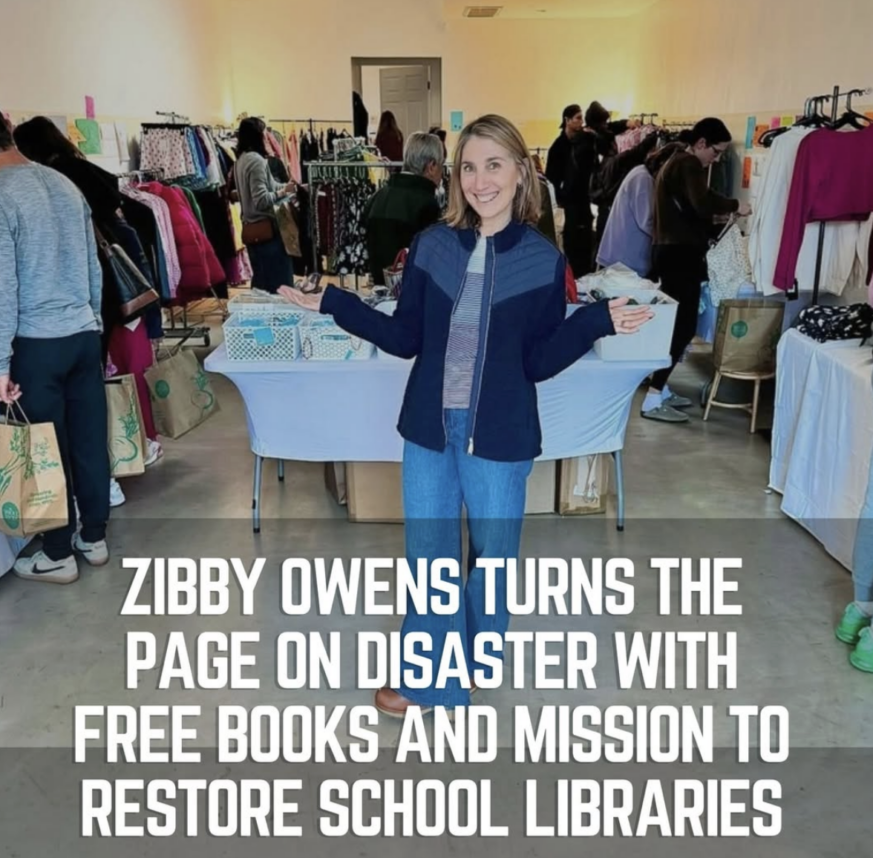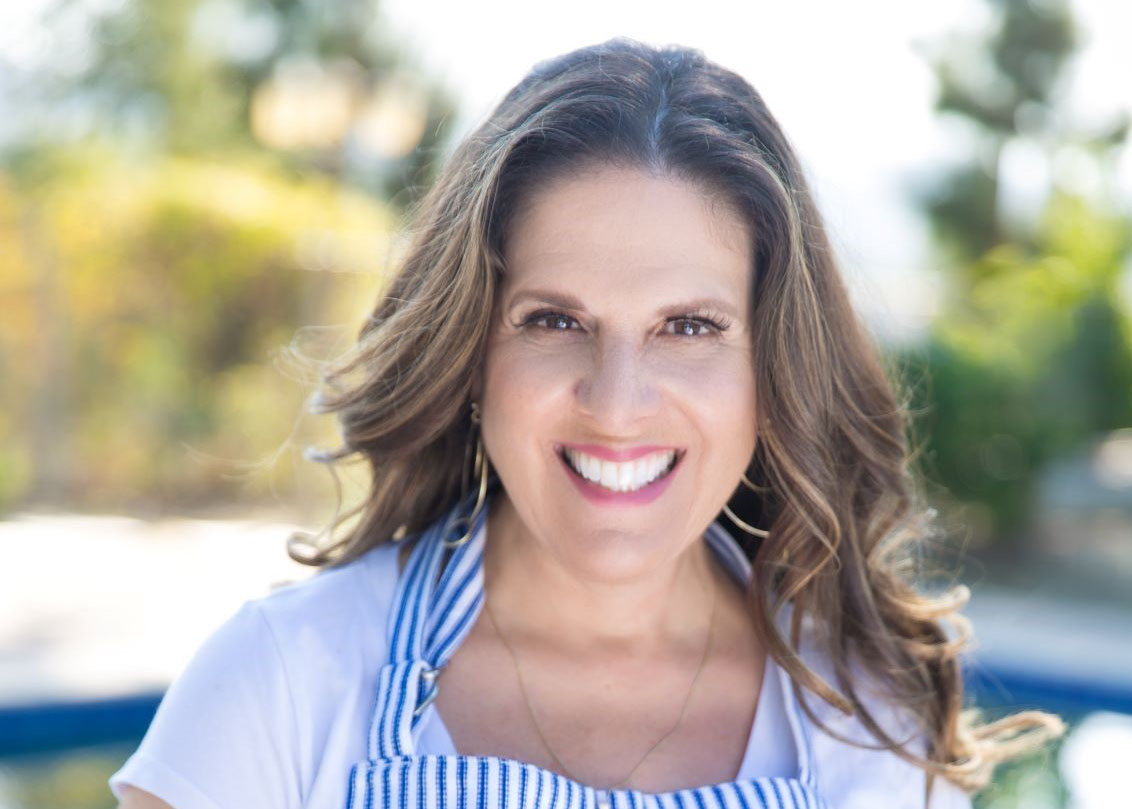
Beverly Cohen grew up on a chicken farm.
Her grandparents were emigres from Russia. They landed in Cleveland, Ohio and then settled in Los Angeles, where they started a chicken farm. Their daughter, Pat, was abandoned by Beverly’s father soon after she was born, so she returned to her parents farm, where little Beverly grew up surrounded by her aunts and uncles. She remembers that her grandfather rode a horse and buggy, selling chickens house to house.
Pat remarried and had three more children, but tragically her young husband passed away. Determined that her children never go hungry, Pat did something unheard of in Los Angeles of the 1950’s—she opened a live kosher chicken store. At Pat’s Poultry, located on Santa Monica Boulevard in West Hollywood, customers would pick a live chicken to be ritually slaughtered by the Rabbi, then feathered and cleaned. Every year, a day or two before Yom Kippur, when Rachel’s husband Neil was a young boy, he would go with his mother and grandparents to Pat’s Poultry. The revered leader of the Rhodesli community Rabbi Solomon Mizrahi would be there, swinging live chickens over people’s heads, performing the ritual Kaparot service.
Beverly describes her mother Pat as a beautiful, elegant, hardworking entrepreneur. The same adjectives could be used to describe Beverly, who along with her husband, Bob Cohen, is a powerhouse of the Los Angeles charity scene, where they are known for their generosity and vision. Their association with the Sephardic Educational Center goes back to the very beginning ,when they were the Chairpersons for the first International Gala at the Century Plaza Hotel in 1984.
Rachel’s Turn: Recently I called my cousin Alia, who lives in New Caledonia, and asked her “What do you remember about Kaparot in Morocco?”
She laughed and said “I was just telling my husband Dimitri about Kaparot because for the last few days our neighbor’s chicken has been coming into our backyard.”
We reminisced how my mother and aunt would pack all seven of us kids into the car, headed for the kosher butcher. In the back of the butcher’s shop, there were many chickens running around, foraging in the dirt. Monsieur Milo would ask your name, then grab a chicken by the feet and pass it over your head and chant a prayer.
We kids would be freaked out but we accepted it as part of the holiday tradition.
Some of the chickens would be dispatched with Tzedakah, charity, for the poor and needy. The rest of the chickens would be cooked before the Yom Kippur fast and for the Sukkot holiday.
Alia and I reminisced about my mother’s delicious food, especially her drool worthy Poulet Farci. This stuffed chicken dish involved deboning the chicken in one piece without tearing the skin. The skin and flesh would be stuffed with ground chicken, almonds and hard boiled eggs. She would sew it closed and poach it in a light aromatic saffron broth. When the chicken was sliced, there was a beautiful pattern from the egg yolks and whites. She would serve it warm with Letrea, saffron egg noodles, or cold with all the Moroccan salads.
It’s at the top of my list for recipes to tackle.
Kaparot literally means atonements, just as Yom Kippur means Day of Atonement.
Sharon’s Turn: Kaparot literally means atonements, just as Yom Kippur means Day of Atonement. From late Talmudic times, it has been a Jewish custom to perform the kaparot ritual, where the chicken is passed over the person’s head three times while reciting the Kaparot prayer. We ask Hashem that any harsh decrees be passed to the chicken. The chicken, or the monetary value, is given to charity.
I remember Kaparot happening as a young girl in my grandparents back yard in Rose Bay, a posh suburb of Sydney, Australia. I remember the headless chickens running around the yard. I remember being so relieved when my grandfather switched to handfuls of heavy Aussie coins to say the Kaparot prayer over my head.
Every year, I host my extended family and guests for the Seudah Mafseket, the pre-fast meal. I make chicken, potatoes, sweet potatoes and rice. I make two huge pots of chicken soup. One of them is a traditional matzo ball soup and one of them I call my Moroccan soup because it includes butternut squash, Mexican squash and garbanzo beans. I could happily eat ten bowls in a row. I cook my garbanzos beans in a separate pot after soaking overnight. The soup pots simmer on my stove top all day. I leave the pots, each filled with fluffy matzo balls, creamy, nutty garbanzo beans and steaming golden broth and let my guests happily serve themselves.
Sharon’s Moroccan Soup
12 cups water
1 chicken, cut into 8 pieces
2 teaspoons kosher salt
1/4 teaspoon white pepper
2 teaspoons turmeric
1 whole head of celery including leafy tops, washed and cut into
1/4 inch pieces
2 large onions, diced
6 medium carrots, peeled and cut into 1/4 inch rounds
Eight cloves garlic, peeled and chopped in half
1 large butternut squash, peeled and diced into 2 inch pieces
1 large parsnip, peeled and chopped into 1/4 inch rounds
8 white squash, washed and cut into half inch rounds
2 bunches dill, washed
1 bunch cilantro, washed
Set a large pot filled with 12 cups of water over medium heat. Add chicken and salt and bring to a boil, then simmer for 30 minutes.
Add pepper and turmeric.
Add celery, onion, carrots, garlic, butternut, parsnip, and white squash.
Add dill and cilantro on top of the vegetables.
Cover pot and simmer for 2 hours.
Discard dill and cilantro.
Serve broth with shredded chicken, vegetables and garbanzo beans cooked according to package directions.
Rachel Sheff and Sharon Gomperts have been friends since high school. They love cooking and sharing recipes. They have collaborated on Sephardic Educational Center projects and community cooking classes. Follow them on Instagram @sephardicspicegirls and on Facebook at Sephardic Spice SEC Food.























 More news and opinions than at a Shabbat dinner, right in your inbox.
More news and opinions than at a Shabbat dinner, right in your inbox.